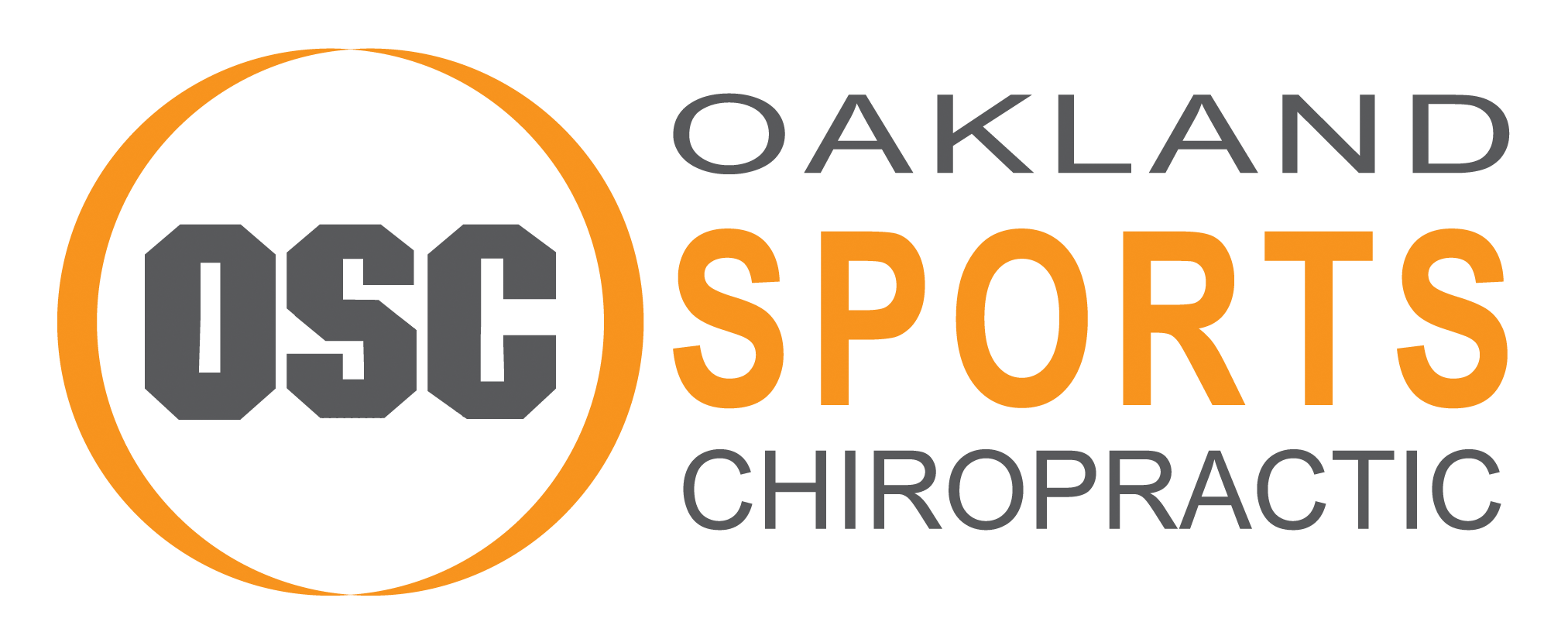You’ve been dealing with achy knee pain, or your hip started hurting, or your neck…you decide to see your medical doctor. They take x-rays and tell you it’s “bone on bone”. They have you take some NSAIDs, or a cortisone shot, maybe do some physical therapy to the affected area, and tell you when you are ready for a replacement come back in. You are made to feel you are destined to have pain for the remainder of your life. Sound familiar?
The dreaded “Arthritis*” diagnosis pops up in my office often. Some Chiropractic offices even use it as a scare tactic to get patients to comply with a treatment plan. Here’s the good news: You are not destined to have pain if you have osteoarthritis (OA). I see many patients who were diagnosed with “bone on bone” pain, who are pain free after working with me. The key is understanding the diagnosis, looking deeper at how your body is moving, and more importantly: what’s causing the inflammation in the joint.
Osteoarthritis traditionally forms due to abnormal forces being applied to an area. The joint sensed that it couldn’t handle the load being applied, so your amazing brain said “Hey! I’ll help, here’s some more bone to make you sturdy”. It’s nice of the brain, but not actually helpful long term. The process is like laying cement as a foundation for a house, or for a fence pole. The calcification is the body’s way to strengthen where inflammation is in the body. The area gets inflamed (in this case due to compression in the knee) which changes the signal to the brain in a way that makes it feel less “secure”, so the brain has the body lay down different types of cells to make it more sturdy.
There’s also a newer theory out there that hypothesizes that Osteoarthritis is due to internal inflammation as well. It makes sense as OA is an inflammatory process. If our entire body is overly inflamed due to diet, lack of exercise, high levels of stress, or poor environment it’s going to affect our joints. Sometimes I must work on lifestyle with patients to get their arthritis under control.
My question is: Why was your body taking on extra load? Why did that joint want to get inflamed? Many people automatically jump to weight gain, or repetitive activity. Excessive weight gain can add stress to the joint, but the real issue is the quality of movement.
Our bodies are designed to move. To end up with excessive force to one area of your body, it had to react to something at one point in time and started to move in a way that took additional load upon the joint. Typically, this dysfunctional movement is happening at the beginning or end of the kinetic chain. It’s rare that the site of pain is actually the dysfunctional joint. That’s why physical therapy to the affected joint doesn’t typically resolve it. For example: Knee arthritis is typically due to aberrant foot mechanics or altered hip/low back mechanics. The exception to this would be a large trauma to the knee like an ACL tear or major fracture. Shooting the knee with cortisone may lessen the pain, and physical therapy to the knee may ease some stress on it, but it’s not correcting the abnormal mechanics in the foot or hip that are putting the extra pressure on the knee. Chiropractic adjustments to the knee are only going to go so far too. We must fix the abnormal mechanics throughout the kinetic chain, and sometimes we have to fix why our brain wants to do the abnormal mechanics.
So, what does my office do? I look at the whole body. I start with a detailed history to understand what may have caused the arthritis in the first place (a previous trauma, injury, or nutrition/lifestyle concerns). I then do a detailed exam to make sure that 1. The pain you are having is due to the arthritis and not
something else like muscle, meniscus, etc. (which we can also treat). 2. That there are misalignments in your spine and extremities that require chiropractic care. And 3. We figure out how you are moving, particularly the activation patterns of your muscles.
Once I’ve gathered all the data, we go over it. I explain in detail what I’m seeing and what options there are for care (medical, rehab, alternative, and chiropractic). I discuss their goals: both short term and long term. If I feel my services can help, I create a care plan. If I feel my services are not going to do much, I refer to a provider that can better help you reach your goals. My typical care plans are around 4-6 visits for pain relief, up to 10 visits for long term changes to movement. They are very individualized, so plans vary person to person depending on your goals and what was found on the history and exam.
I want you to know that you do not have to live with arthritis pain. You do not need to let your arthritis stop you from living an active lifestyle. In my opinion: there is no such thing as moving too much. It’s about moving your body consistently in a healthy way. If you are willing to do the work to make your body healthy, you can still enjoy all the activities you want to do!
* Osteoarthritis (OA) is different than other forms of arthritis such as Rheumatoid or Psoriatic. Those forms of arthritis are autoimmune in nature (meaning your body is attacking itself). Currently, OA is not considered autoimmune. The services we offer may help with other forms of arthritis, but the mechanism of pain is different.

Recent Comments